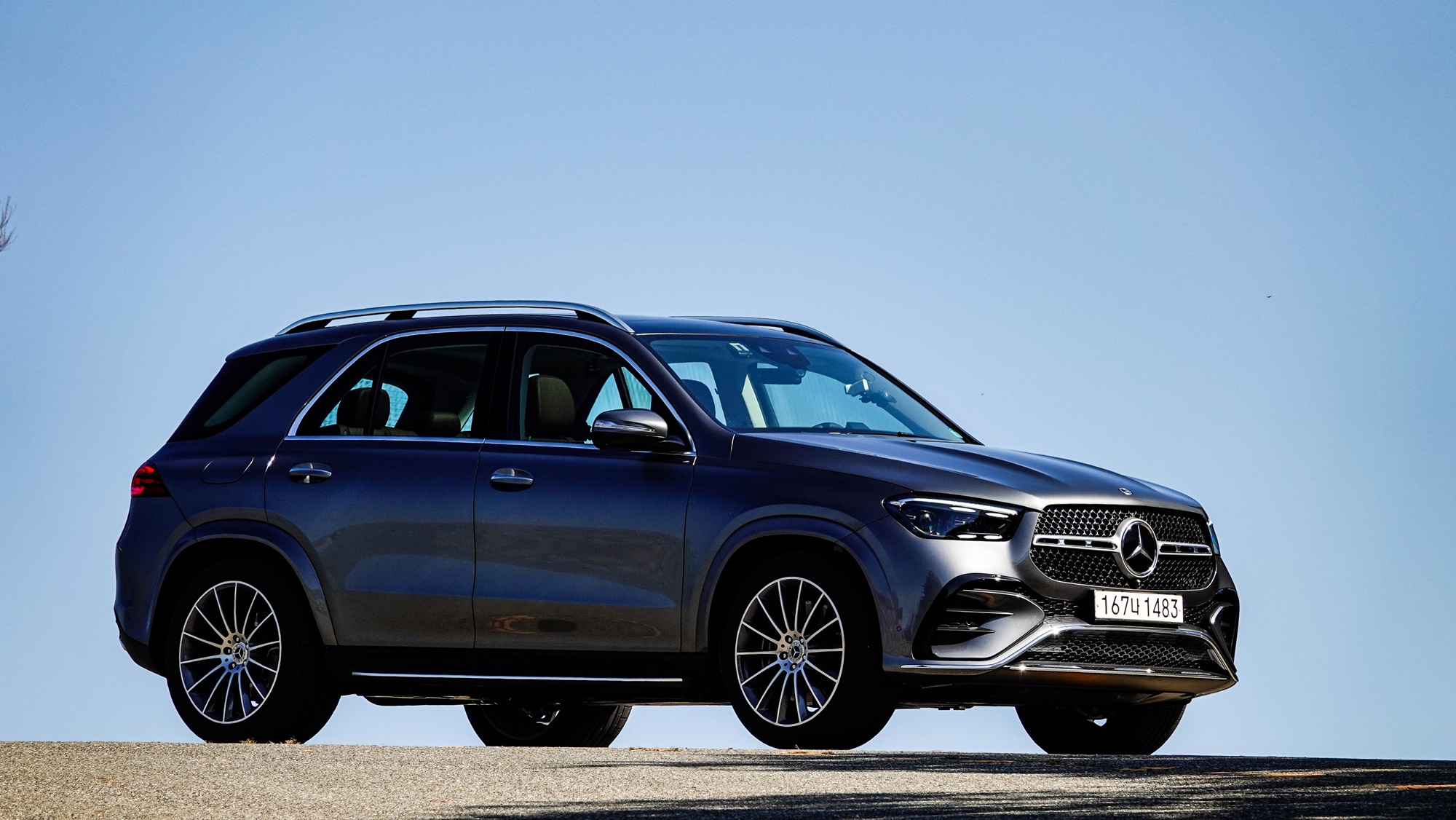
The New GLE 450 4MATIC introduced by Mercedes-Benz as a luxurious full-size SUV traces its roots back to the M-Class that first appeared in 1997. Renamed GLE in 2015, more than 2 million units have been sold since then. In South Korea, it has sold over 20,000 units since its launch in 2016, solidifying its status as a popular choice.
Recently, I had the opportunity to test drive the new facelift model, particularly the GLE 450 4MATIC.
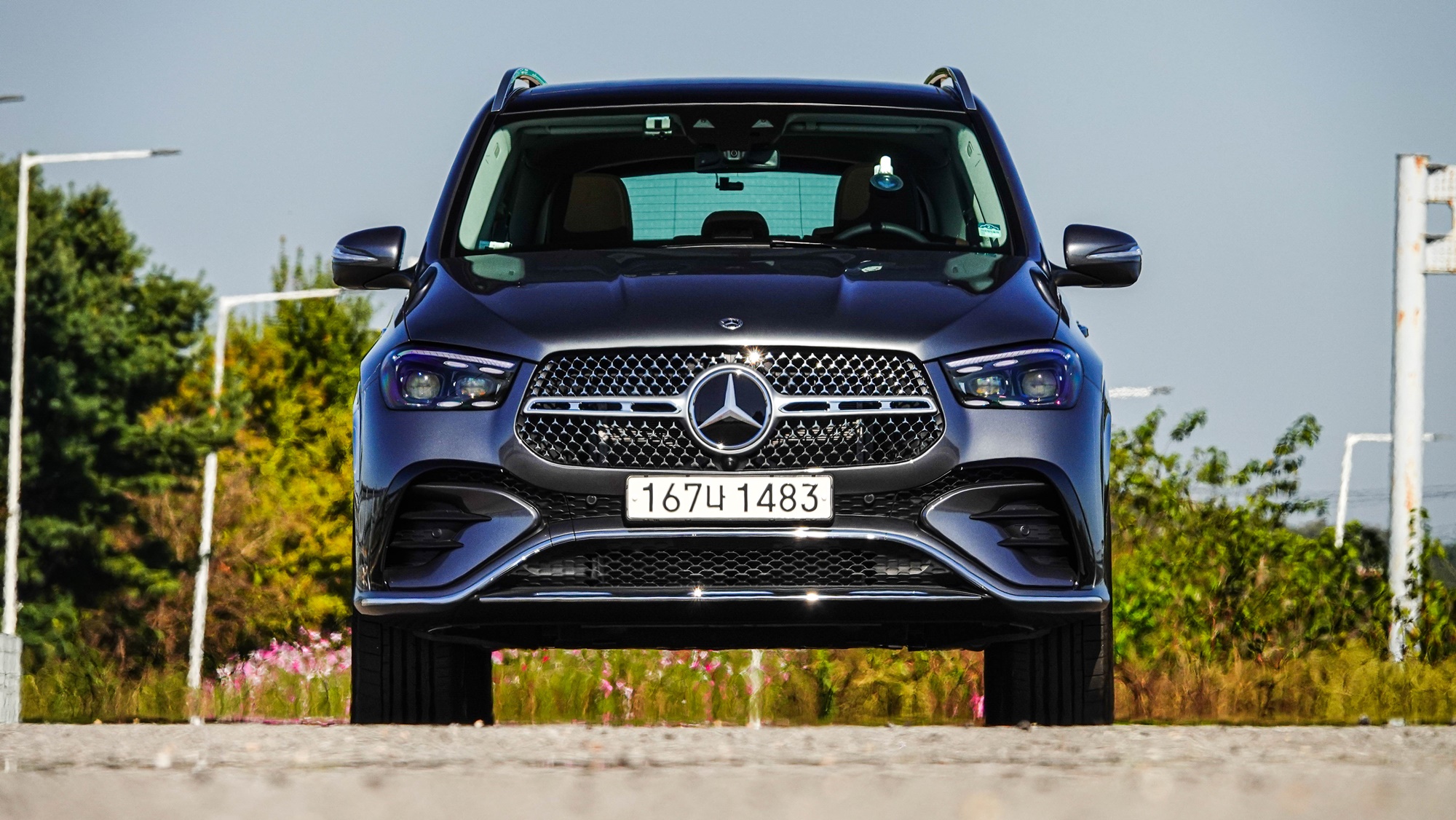
The design incorporates the AMG Line package, showcasing a powerful and dynamic appearance. The radiator grille radiates Mercedes’ pride, with a patterned logo and a prominent star in the center. It boldly declares, “I am a Mercedes” without needing to ask.
The Multi-beam LED lamps do an excellent job with four lighting points and neatly positioned daytime running lights. They are not only advanced in functionality but also ensure maximum visibility for the driver while preventing glare for oncoming drivers and pedestrians. In simpler terms, it selectively illuminates the necessary areas, indicating the precision with which the lamps are adjusted.
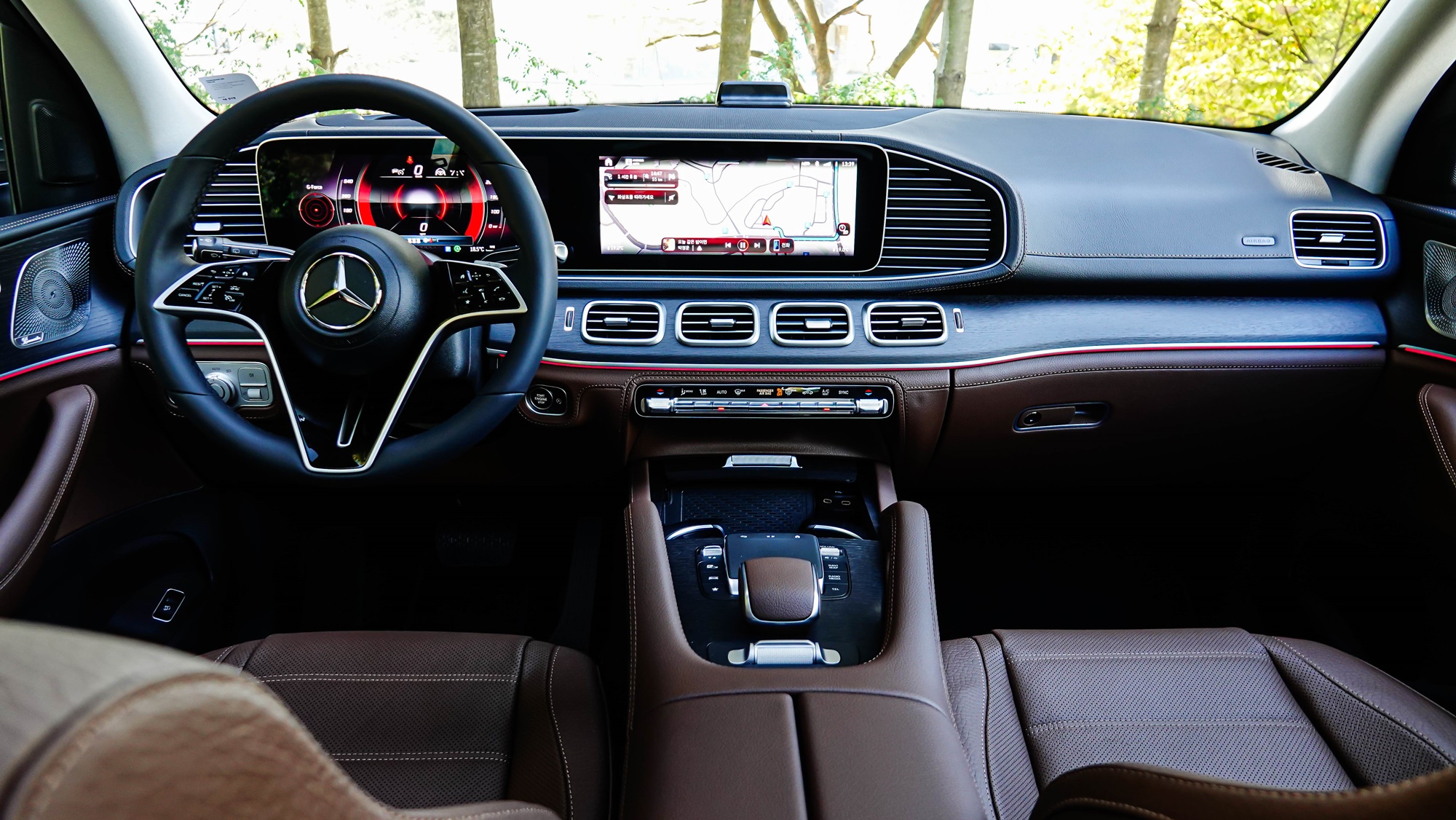
While those viewing the car from outside enjoy the exterior, those inside directly engage with its luxurious interior. The GLE’s interior borrows design elements from the Maybach GLS, emphasizing its premium feel.
New ambient light color combinations have been added, and the Energizing package adjusts temperature, lighting, music, seat heating, and ventilation to foster a focused driving ambiance.
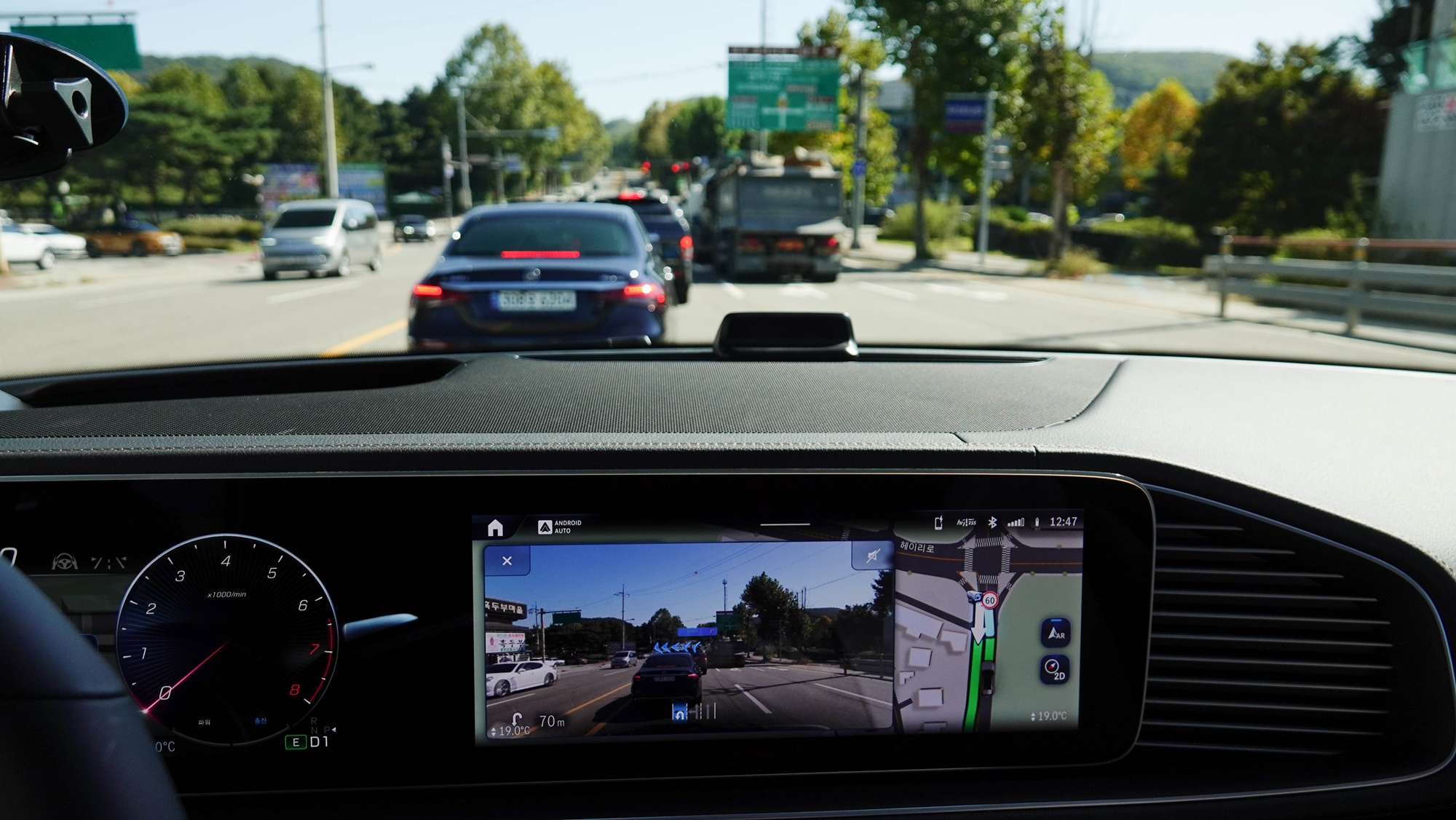
The Burmester surround sound system, with an output of 590W, utilizes 13 speakers to deliver a high-quality audio experience. The spaciousness of the vehicle allows for deep resonating sound, making the most out of a premium audio system.
With dimensions of 4,925 × 2,020 × 1,780mm and a wheelbase of 2,995mm, this vehicle is not small. The test vehicle had a 5-seat configuration in the second row, but it can also be configured to seat 7 with an additional pair of seats in the third row if desired. The ample space itself exudes luxury, especially felt in the second row.
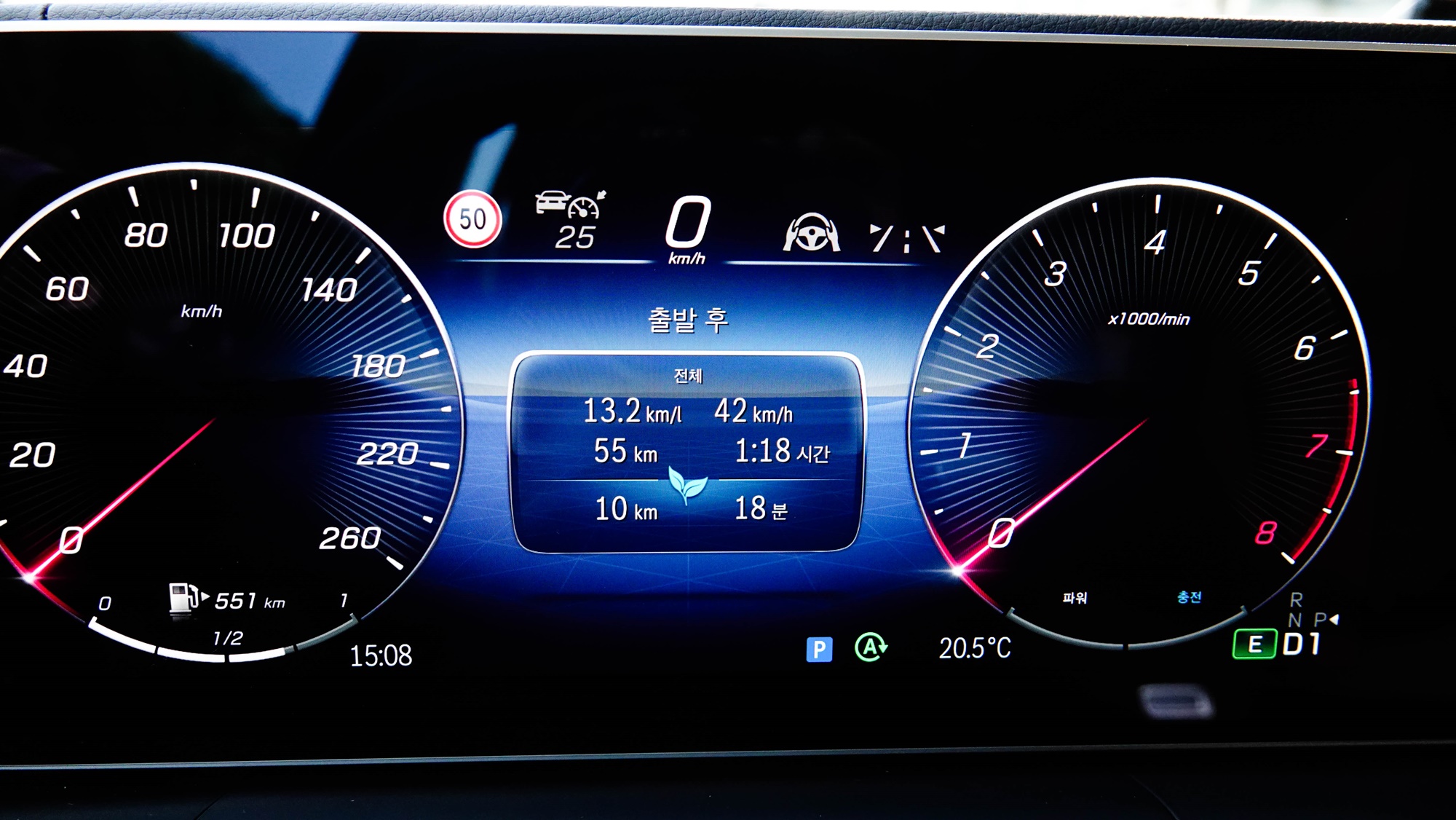
The 2nd generation MBUX infotainment system offers a variety of functions and information. Two 12.3-inch high-resolution displays are connected to serve as the instrument cluster and navigation monitor. Drivers can customize the instrument cluster design as well as the head-up display configuration according to their preference. Whether the driving conditions change or one’s mood sways like a reed, the instrument cluster design can be altered. It’s not bad to have a refreshing change when accustomed to the previous look.
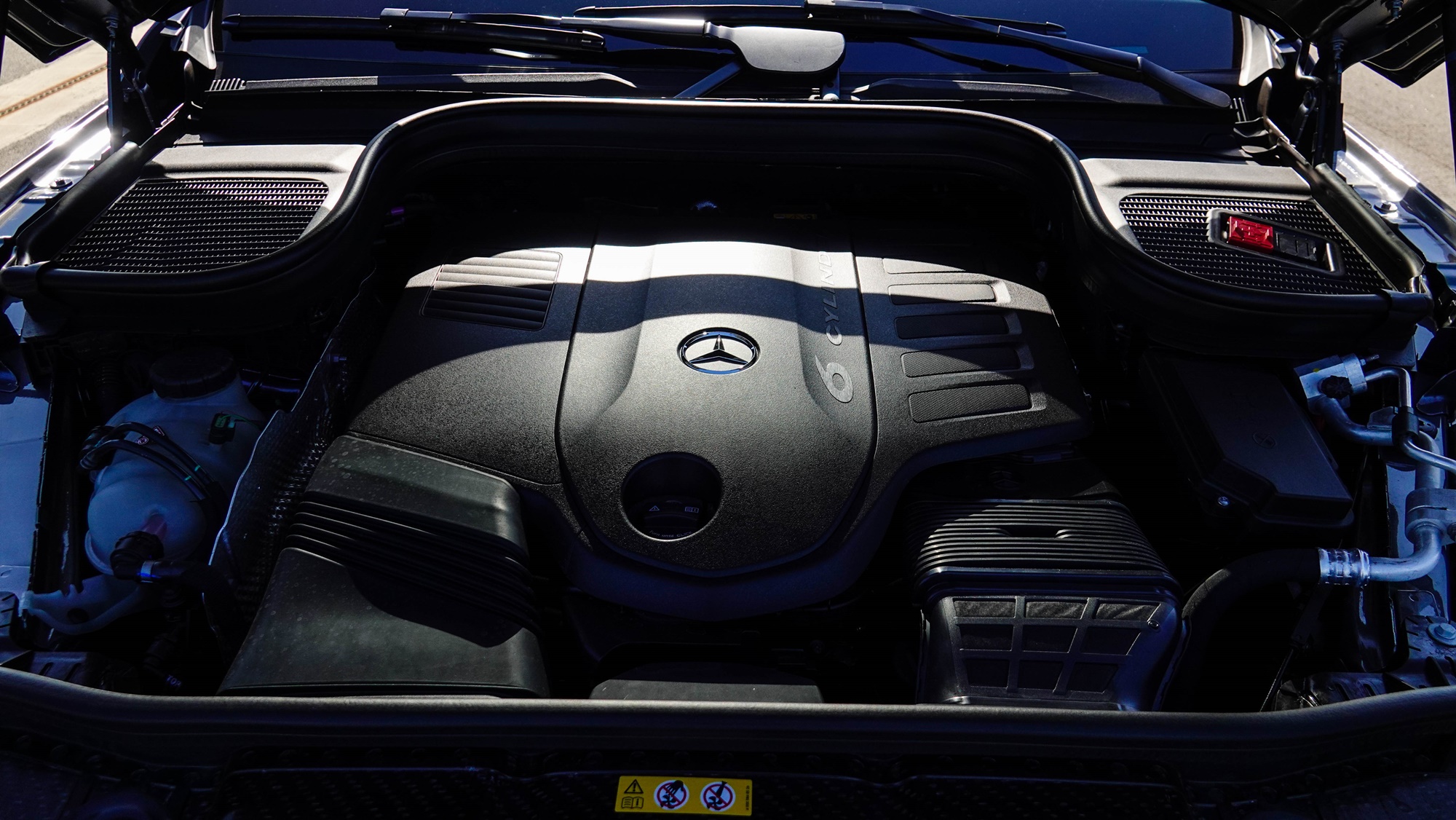
It features a 48V mild hybrid system that enhances engine efficiency, providing an additional 15kW of power and contributing to performance. The inline 6-cylinder 3.0-liter turbo gasoline engine produces 381 horsepower. The curb weight is 2,395kg, meaning it has a weight of only 6.2kg per horsepower, allowing for agile movement. The manufacturer claims a 0-100km/h acceleration time of 5.6 seconds, which is 0.1 seconds faster than the previous model. The measured 0-100km/h time with a GPS device was 6.09 seconds.
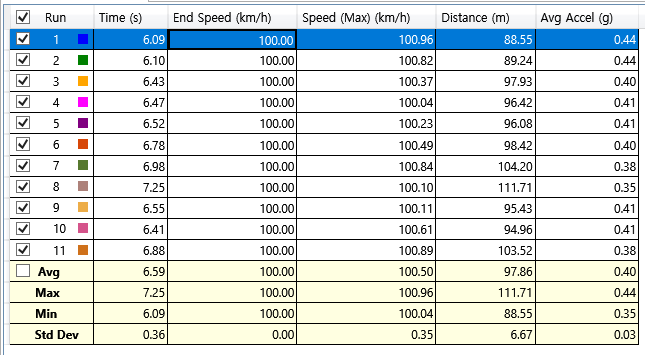
Acceleration does feel somewhat heavy initially, but it moves without feeling cumbersome. It responds quite quickly, embodying the unique driving texture of Mercedes-Benz. There’s a firmness in the response that transitions into softness, seamlessly handling road shocks and obstacles.
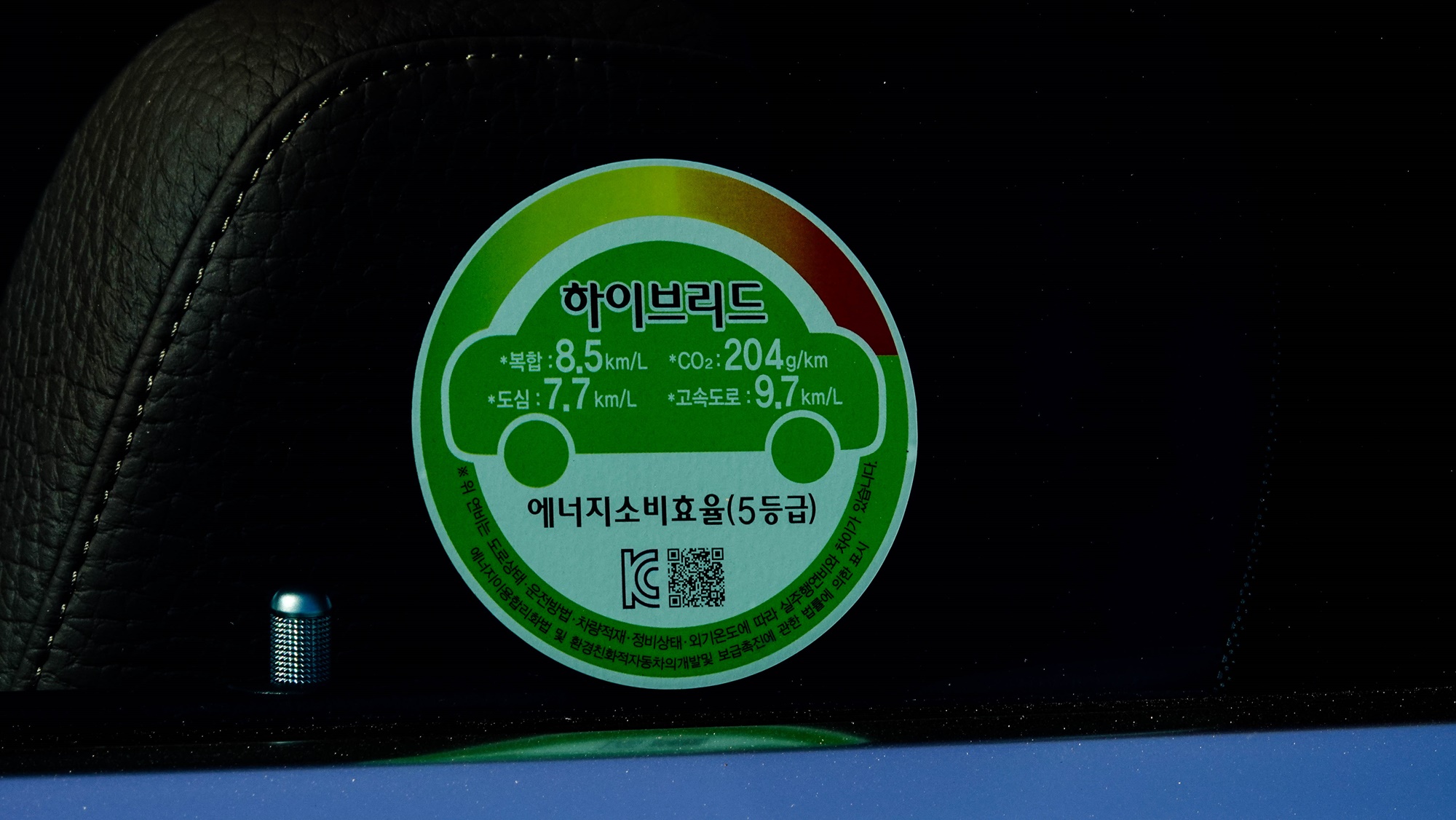
The official combined fuel efficiency is 8.5 km/L, but driving from Paju to Seoul in Eco mode resulted in an impressive 13.2 km/L. This efficiency is thanks to the 9-speed transmission and 48V mild hybrid system.
Selecting the off-road driving mode activates indicators for slope, incline, altitude, geographical coordinates, compass, and steering angle—valuable information for off-roading. However, one must consider whether to risk taking such an expensive vehicle onto harsh terrains where it could be damaged.
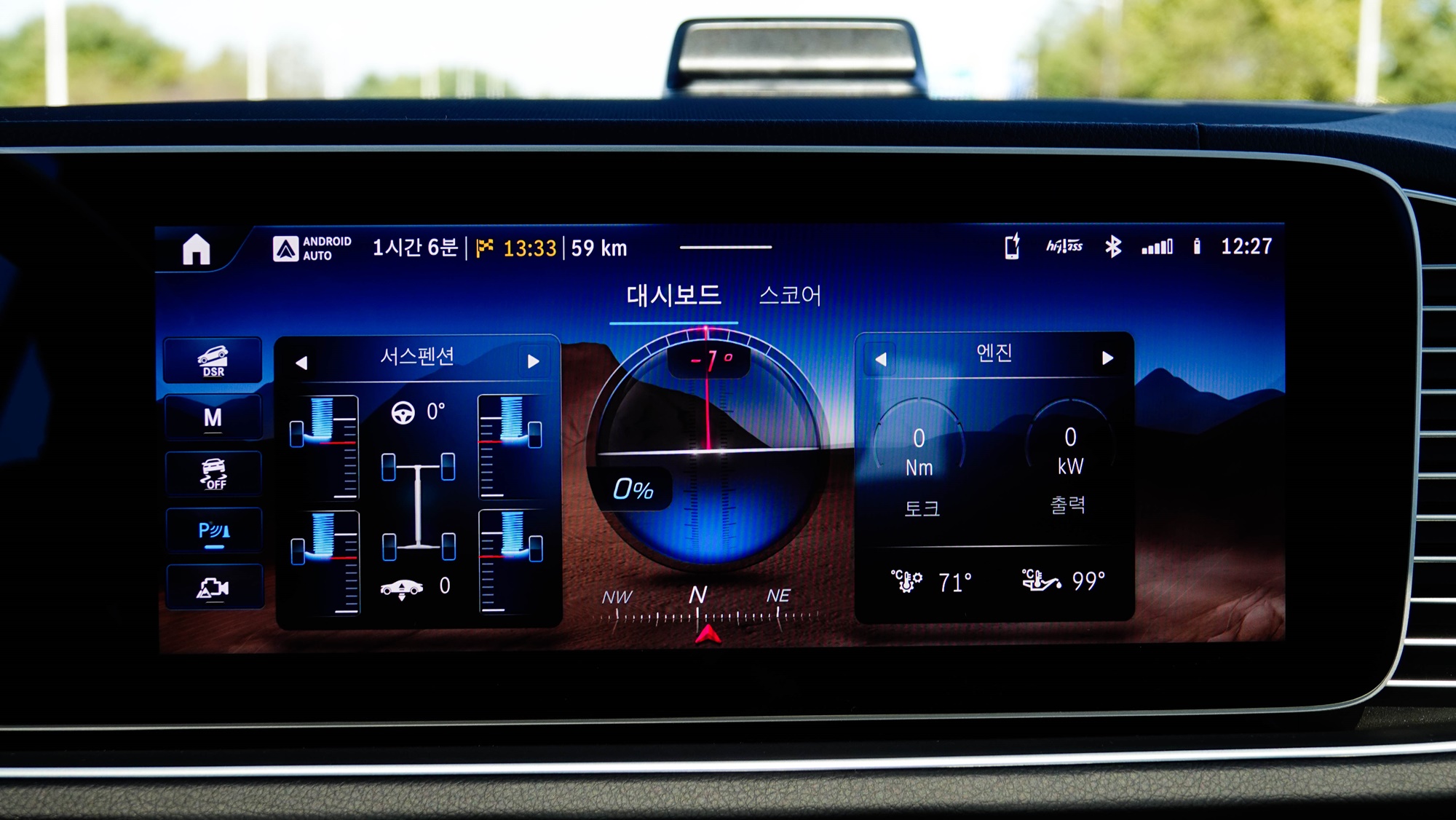
The vehicle height can adjust based on driving conditions due to the air suspension system, specifically the AIRMATIC air suspension. It lowers during high-speed drives and raises for off-road adventures. This adjustment can also be controlled manually by the driver.
Mercedes-Benz’s Driving Assistance Package Plus aids in various ways. The Active Distance Assist DISTRONIC maintains space from the vehicle ahead, adjusts speed automatically, and supports braking and starting. The Active Brake Assist reacts to stationary vehicles on the road at speeds under 100 km/h. There is also an Active Steering Assist that detects lane markings with a 360-degree camera.
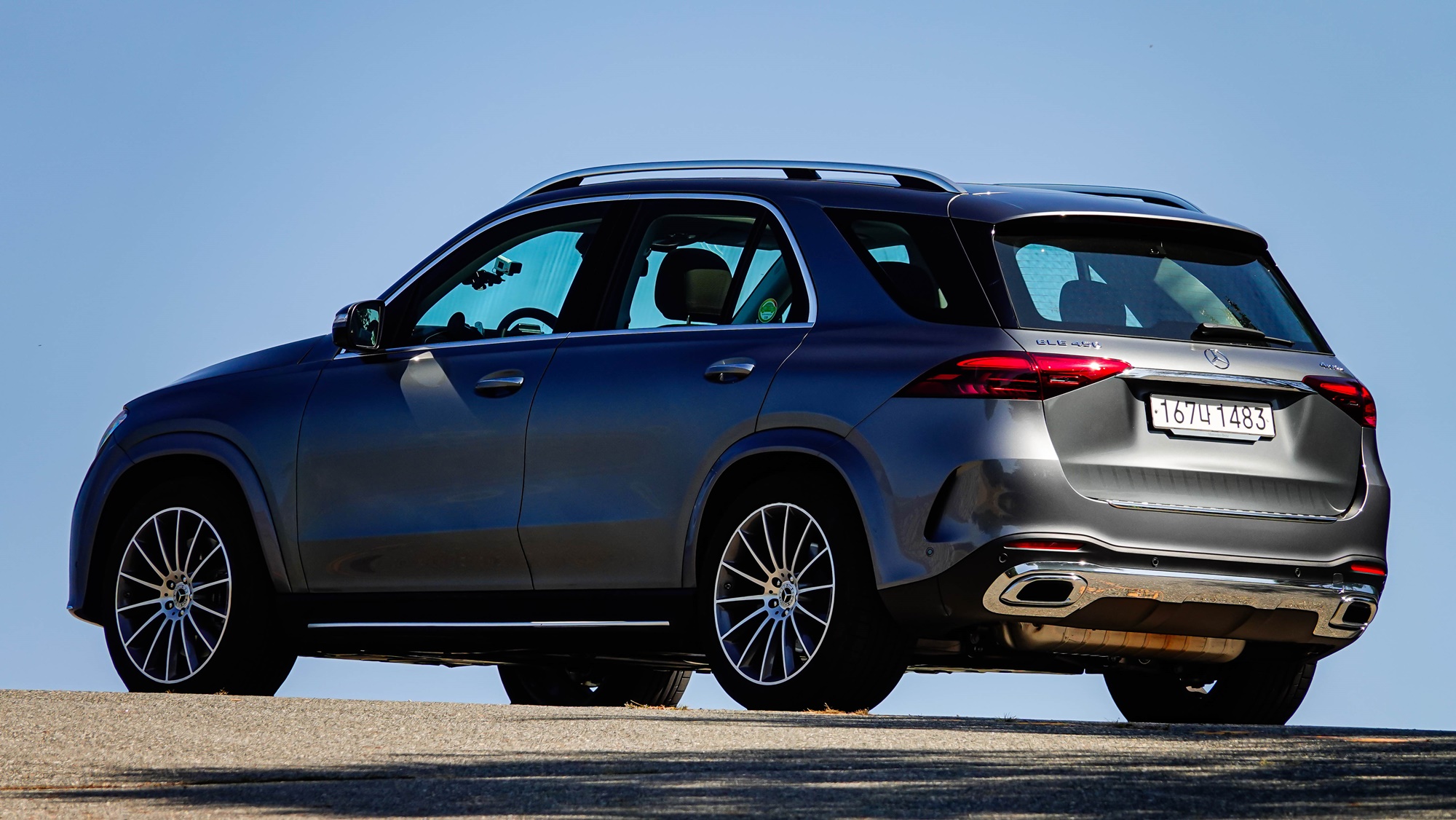
There is a transparent hood function that activates in off-road mode, displaying the under-hood view through the 360-degree camera. This allows the driver to see obstacles around the front tires while navigating.
The starting price is 133,000,000 won.
Oh Jong-hoon’s candid thoughts
Side steps are a double-edged sword. They aren’t necessary as the body isn’t high enough. Stepping into the driver’s seat without the side steps can be uncomfortable as the calves make contact. The narrow side steps on the rear side aren’t suitable for stepping on at all. On rough off-road terrains, the side steps are one of the first parts to sustain damage; it might be better not to have them at all.
I would like to utilize the engine more actively. You can’t engage the third gear at 100 km/h. The limit is fourth gear at 3,800 rpm. If I could downshift to the third gear at a higher engine RPM, I would encounter stronger power, but that isn’t possible. It feels like the 9-speed transmission prioritizes efficiency.
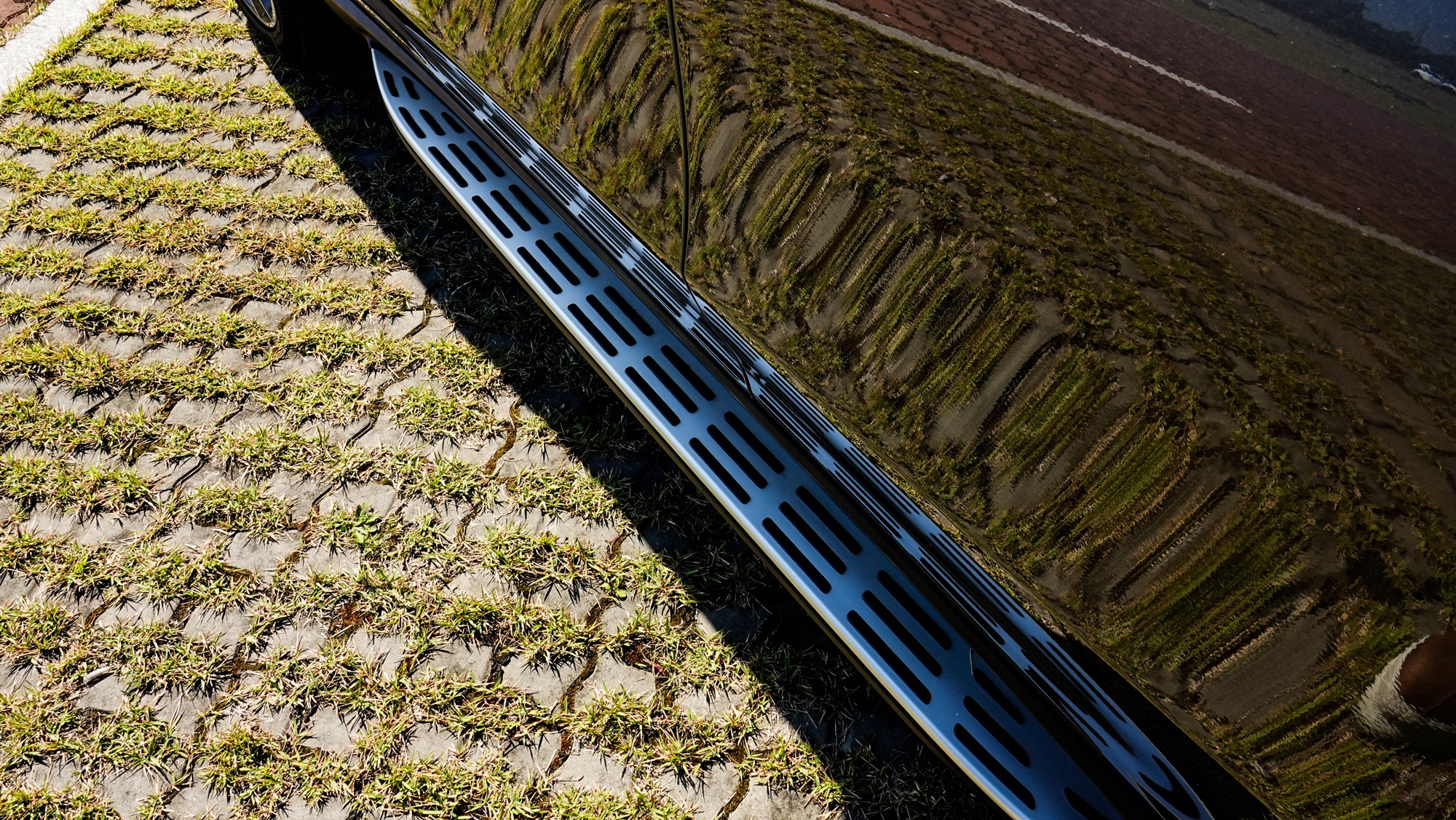
Oh Jong-hoon yes@autodiary.kr

